
Building Virtual Worlds
Building Virtual Worlds (BVW) is an immersive course centered around the principles of rapid prototyping and playtesting. Within the framework of this program, participants are organized into five-person teams, comprising individuals with diverse skill sets, including programmers, artists, and sound designers. Each project is guided by a defined constraint or restriction, and the culmination of the course involves a public festival, where our creations are showcased to hundreds of visitors, providing them with the opportunity to engage with and experience the games we've developed.
01

Snowball Effect
Team
Individual
Duration
1 week
Tools
Unity
Platform
Windows
My goal is to design an intuitive, quick, and fun game. This game is an endless runner, where the player controls a snowball that is rolling down the hill, their only mission is to demolish as many obstacles as possible.
Difficulties & Overcome
Given the game's heavy reliance on its physics system, balancing factors like speed, force, and acceleration was challenging.
Therefore, I did some playtests with my friends, whose feedback greatly contributed to creating the satisfying feeling of smashing obstacles.
02
K.J. Unchained
Team
5 people
Duration
2 weeks
Tools
Unity
Platform
Quest 2
Role
Programmer, Game Design, Level Design
KJ Unchained is an Oculus Quest 2 VR game where the player takes on the role of a corrupted jailor, tasked with aiding the main character, KJ, in escaping from prison. The player must swiftly assist KJ in overcoming various obstacles and simple puzzles in order to evade the vigilant wardens. The game demands quick thinking and fast actions, as the pressure intensifies with each pursuit by the relentless wardens.
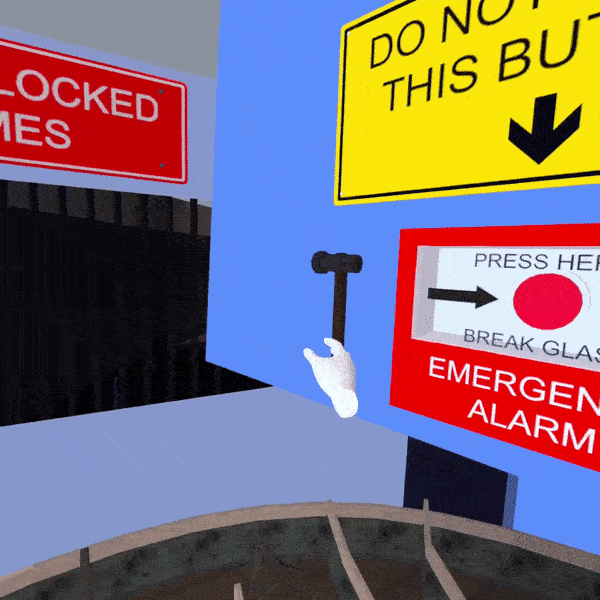
My Design Highlight
The final puzzle involving the three bridges is simpler than it appears. However, the constant pressure from the warden banging on the door tends to make players nervous and confused. Interestingly, in all our gameplay sessions, no one recognized that the warden only broke the door once the puzzle was solved. Instead, players believed they narrowly cleared the level in the nick of time.
Difficulties & Overcome
We aimed to create an experience that teaches mechanics intuitively and keeps people interested without excessive difficulty. This was proven challenging due to the short duration of the experience.
To address this, we devised a list of mechanics and tailored level design to teach the player gradually. In the final stage, where the player must lower three bridges for KJ, we introduced an element of tension by having the warden continuously knock on the gate. In reality, the gate only breaks when the player solves the puzzle, striking a balance between creating suspense and reasonable difficulty.


03

Santa Snow's Angry Tree
Team
5 people
Duration
2 weeks
Tools
Unity
Platform
Quest 2
Role
Programmer, Game Design
Santa Snow's Angry Tree is an Oculus Quest 2 AR game where the player plays as Santa. In this festive adventure, Santa must retrieve presents from his angry Christmas tree to distribute them to children. However, each child has specific gift preferences, making it the player's task to determine the perfect match from visual clues and the children's reactions.
My Design Highlight
Some playtesters were curious about the motivation behind the angry Christmas tree's actions. In response, we introduced a simple narrative explaining that the tree is envious of the children's gifts. Ultimately, players can show their gratitude by offering the tree a massive present.
Difficulties & Overcome
The experience is aimed at naive players, which means they are not familiar with AR/VR controls. This posed a unique challenge. Predicting how these players would interact with the game turned out to be more intricate than initially anticipated. Additionally, some users did not realize they needed to deliver the presents to the children after putting them in boxes.
To address these issues, we conducted extensive playtesting with a lot of participants to gain insights into their interactions with the game. We then introduced jump motions and voice cues to provide players with hints that only placing the gifts in the box is not enough; they also need to be delivered to the children.
04
Look & Spray
Team
5 people
Duration
1 week
Tools
Unity
Platform
Tobii Eye Tracker, Windows
Role
Programmer, Game Design
Look & Spray is a multiplayer game that puts two players against each other in a coloring contest. One player utilizes the Tobii Eye Tracker, while the other relies on the trusty mouse. The objective is to paint and conquer, competing to claim more territory on the wall in an exciting duel of speed and precision.
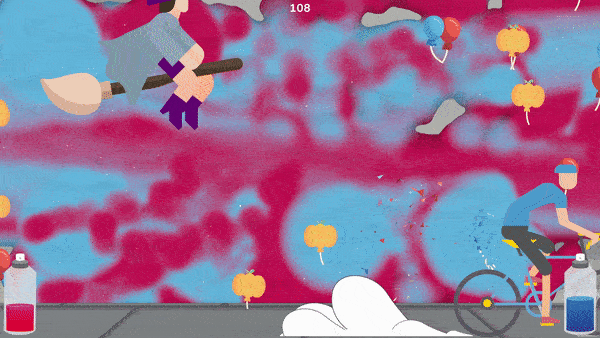
My Design Highlight
To level the playing field, the player using the eye tracker wields a larger brush than the mouse user. However, we utilized the inherent tendency of human eyesight that focus on movement and created numerous random balloons that burst and splatter color on the wall when hit. This unexpected element added a layer of chaos, elevating the game's excitement and becoming a more significant factor than brush size.
Difficulties & Overcome
With only one week to design and realize this game, we needed to start prototyping as soon as possible.
Within this brief timeframe, we created gameplay that strikes a balance between simplicity and entertainment value, ensuring it can be fully developed and refined in just one week. Instead of spending time creating AI to compete with the player, our approach harnesses the inherent appeal of two players engaged in competitive gameplay, delivering an engaging experience while staying within the project's tight schedule.


05
Condemned
Team
5 people
Duration
2 week
Tools
Unity, Blender
Platform
Quest 2
Role
3D Artist,
Concept Art,
Narrative Design
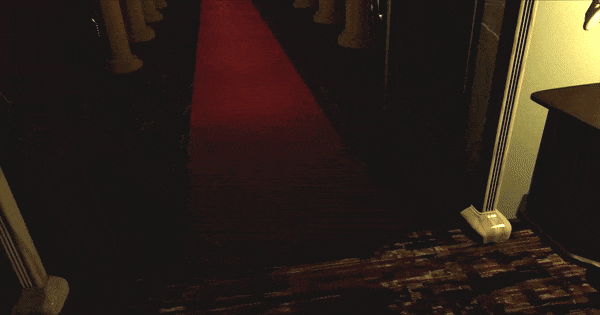
Condemned is an immersive VR experience, that tells a story around a tragic murder that occurred in a 1930s manor. The player takes on the role of a housemaid responsible for tidying up the rooms. As the story unfolds, glimpses of the past and unsettling illusions reveal the housemaid's gradual descent into madness, ultimately leading to the reveal of the tragedy.
My Design Highlight
The experience begins with the player cleaning the room, and as they complete each task, flashbacks from the maid's perspective unveil the backstory. After each flashback, the room becomes progressively chaotic and dirty. The story concludes with the discovery of a lifeless body, revealing the tragic events that transpired.
Difficulties & Overcome
The process of designing the story proved to be a complex challenge as pieces of ideas emerged, making it hard to integrate them seamlessly. Additionally, narrating the story through player interactions while ensuring that the player understands the narrative presented another layer of difficulty.
To navigate these difficulties, we implemented a flowchart that illustrated the story's progression. This not only resolved misunderstandings among team members but also brought clarity to the overall design. We also implemented a voice in the maid's head and utilized a radio report to convey the story without interrupting the game's atmosphere. This change enhanced the overall player experience and made the game immersive.

06
Animal Revolution
Team
4 people
Duration
3 weeks
Tools
Unity
Platform
Mobile WebGL
Role
Programmer, Game Design
Animal Revolution is a multiplayer online game created for the ETC Final Game Festival. In this game, the primary objective is to gather fruits from various locations within a building by scanning concealed QR codes and engaging in combat training against each other. Ultimately, they join forces in the fight against the malevolent farmer to secure their freedom.

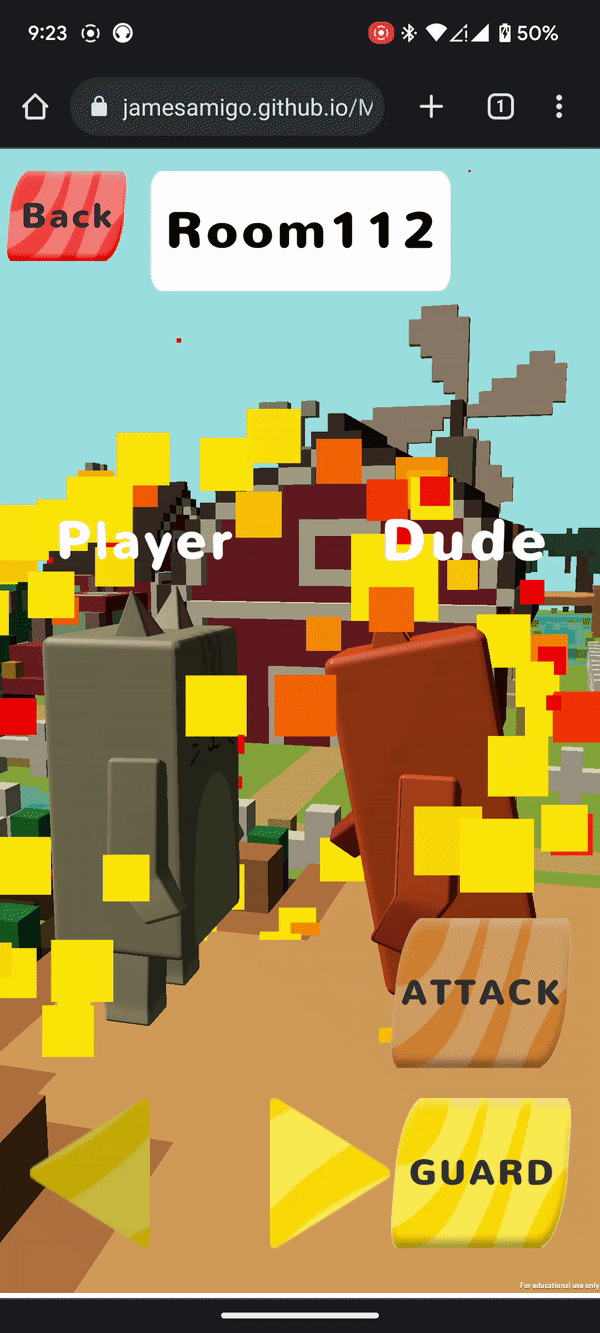
My Design Highlight
To simplify the QR code hunt in the extensive building, we decided to place them in the food serving areas on each floor. This pattern provides players with a clear reference point when searching for QR codes and aligns with the logic that fruits are hidden where food is served.
Difficulties & Overcome
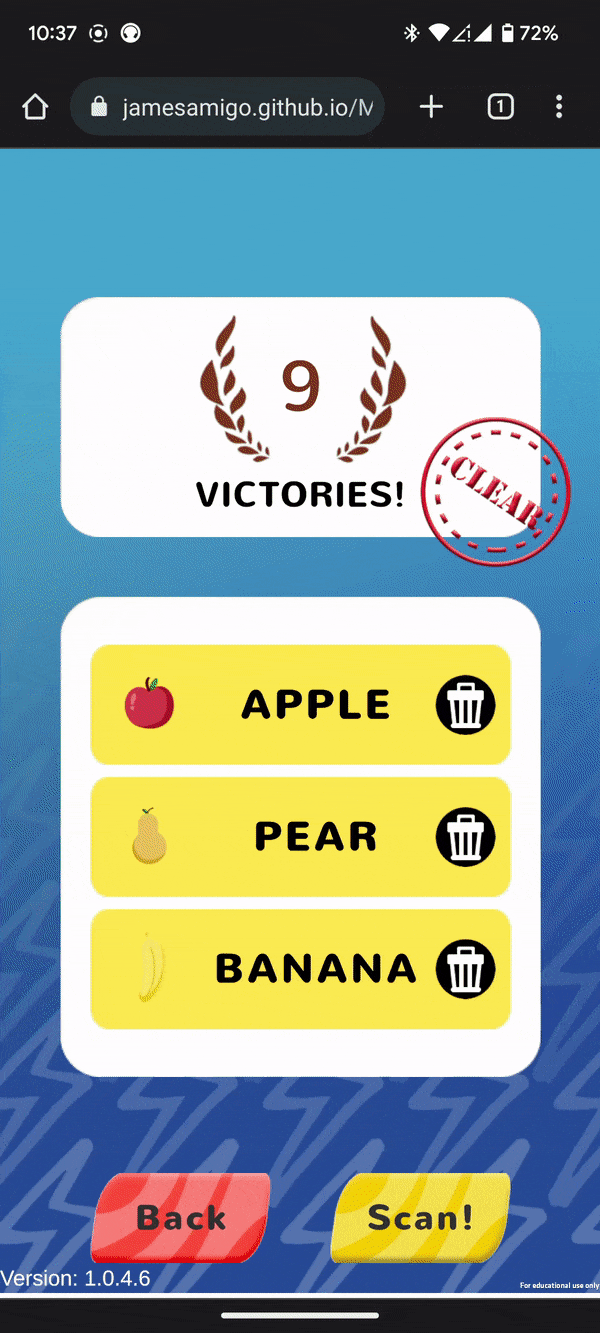

Our game focuses not only on gameplay but also on delivering a holistic experience, including the exploration of the building and the ultimate boss battle. Uncertainty surrounding the number of guests and their gaming abilities during the festival presented a unique challenge.
To overcome these challenges, we conducted playtests where players experienced the full game, allowing us to fine-tune the experience. As a result, we reduced the requirements for a boss fight to 3 fruits and 3 training fights. Additionally, we introduced adjustable conditions for time and boss fight health, catering to varying participant numbers.
An oversight was underestimating festival guests' engagement in other activities, causing some to forget to scan fruits and participate in the boss fight, which affected completion rates and indicated a need for improvement.